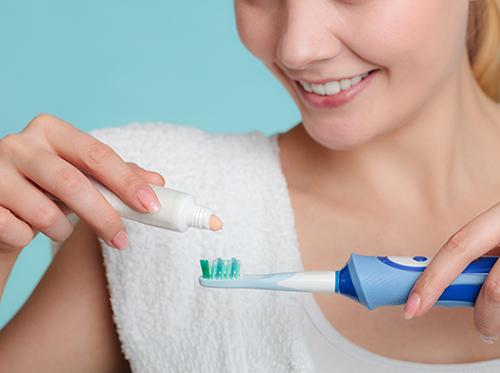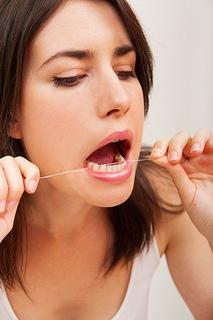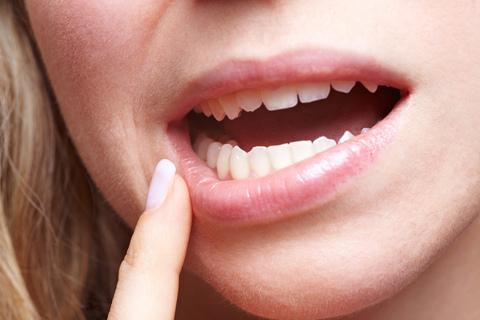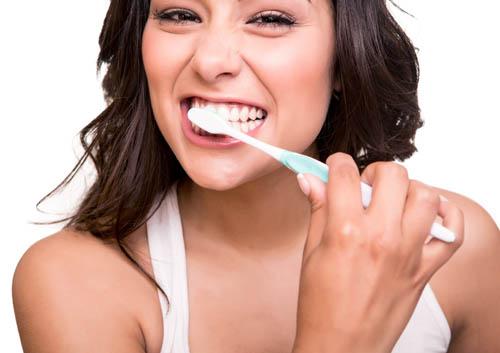
My Blog
-
Five (Easy-to-Keep!) Dental Resolutions for the New Year
posted: Dec. 26, 2023.

-
Do We Outgrow Tooth Decay?
posted: Dec. 19, 2023.

-
Does chronic stress impact periodontal health?
posted: Dec. 12, 2023.

-
Pick the right electric toothbrush!
posted: Dec. 05, 2023.

-
Whitening an Artificial Tooth
posted: Nov. 28, 2023.

-
Thanksgiving in North America
posted: Nov. 21, 2023.

-
Four Tips for Soothing a Toothache
posted: Nov. 14, 2023.

-
National Brush Day
posted: Nov. 07, 2023.

-
Is gingivitis preventable?
posted: Oct. 31, 2023.

-
Keeping Your Teeth Strong and Healthy
posted: Oct. 24, 2023.

-
Proper Brushing Techniques
posted: Oct. 17, 2023.

-
My child has canker sores! How can I help?
posted: Oct. 10, 2023.

-
What's on your fall reading list?
posted: Oct. 03, 2023.

-
Root Cavities
posted: Sep. 26, 2023.

-
Teens and Gum Disease
posted: Sep. 19, 2023.

-
Oral Health during Pregnancy
posted: Sep. 12, 2023.

